Trees With Interesting Bark - Using Exfoliating Bark On Trees For Seasonal Interest
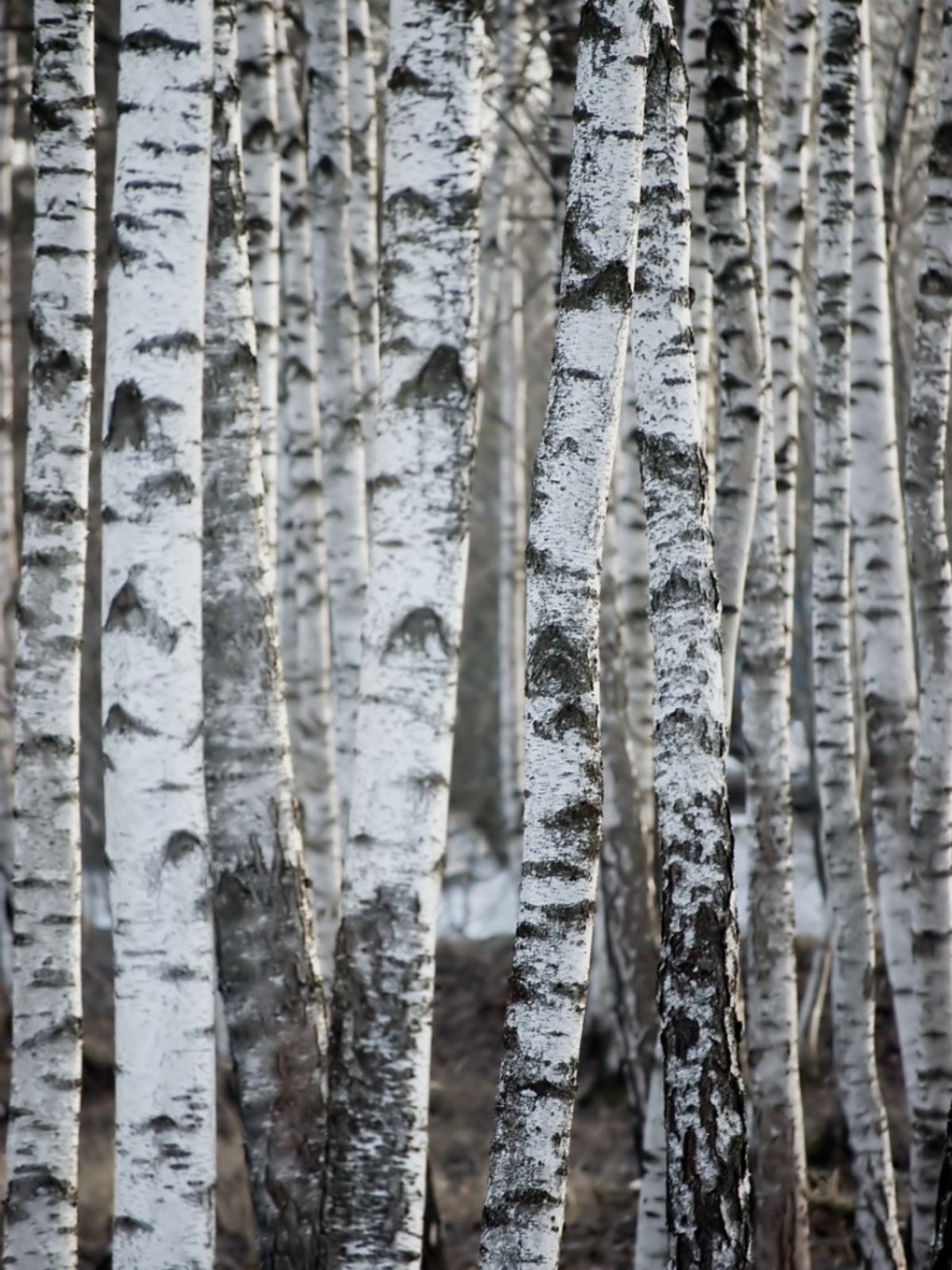

In many parts of the country the cold weather brings with it a bare landscape. Just because the garden is dead or dormant though, does not mean that we cannot enjoy the visible parts of our plants. In particular, planting exfoliating bark trees can provide year-round seasonal interest. Trees with exfoliated bark are magnificent in the spring and summer and then become breathtaking sculptures out in the garden in the fall and winter. Using tree bark in winter to improve your winter views is a way to keep your garden lovely year-round.
What are Exfoliating Bark Trees?
Exfoliating bark trees are trees whose bark naturally peels away from the trunk. Some trees with exfoliated bark have exfoliating bark as soon as they grow. Other trees may not develop their exfoliating bark until they have reached full maturity after many years.
Trees with Interesting, Exfoliating Bark
Some exfoliating trees include:
- Amur Chokecherry
- Chinese Dogwood
- Common Bald Cypress
- Cornelian Cherry
- Crepe Myrtle
- Drake Elm
- Eastern Arborvitae
- Eastern Red Cedar
- Japanese Stewartia
- Lacebark Elm
- Lacebark Pine
- Paper Birch
- Paperbark Maple
- Paper Mulberry
- Persian Parrotia
- Red Maple
- River Birch
- Shagbark Hickory
- Silver Maple
- Sitka Spruce
- White Birch
- Wax Myrtles
- Yellow Birch
- Yellow Buckeye
Why Do Trees Have Exfoliating Bark?
While exfoliating tree bark in winter is lovely, most people are fairly certain that these trees did not develop this unique feature simply because humans liked it. There is actually an environmental advantage for trees with exfoliated bark. The theory goes that trees that shed their bark are better able to rid themselves of pests like scale and aphids, as well as harmful fungus and bacteria. It also helps reduce the amount of lichen and moss that grows on the tree. Whatever the reason that some trees have for shedding their bark, we can still enjoy the interesting patterns and designs that exfoliating bark trees have to offer in the winter.
Gardening tips, videos, info and more delivered right to your inbox!
Sign up for the Gardening Know How newsletter today and receive a free copy of our e-book "How to Grow Delicious Tomatoes".

Heather Rhoades founded Gardening Know How in 2007. She holds degrees from Cleveland State University and Northern Kentucky University. She is an avid gardener with a passion for community, and is a recipient of the Master Gardeners of Ohio Lifetime Achievement Award.
-
 Looking For Plants To Give You The Soft And Fuzzies? Try These 5 Fuzzy Leaf Plant Options
Looking For Plants To Give You The Soft And Fuzzies? Try These 5 Fuzzy Leaf Plant OptionsLovers of texture, drama, silver foliage and tactile plants will adore these special sensory garden additions. These fuzzy leaf plant options will leave you all aglow
By Susan Albert
-
 Get Ready For A Summer Of Hummers! Grow These Full Sun Hummingbird Plants and Flowers
Get Ready For A Summer Of Hummers! Grow These Full Sun Hummingbird Plants and FlowersIf you’re lucky enough to enjoy a sunny backyard, make sure you are maxing out on your pollinator opportunities and grow these full sun hummingbird plants and flowers
By Tonya Barnett
-
 Best Trees For Carbon Sequestration And Climate Change
Best Trees For Carbon Sequestration And Climate ChangeLet’s keep planting trees. They are our best bet for capturing carbon and may help with our global warming issues.
By Teo Spengler
-
 7 Invasive Trees You Should Never Plant In Your Yard Or Garden
7 Invasive Trees You Should Never Plant In Your Yard Or GardenWhat are some invasive trees you should never plant in your yard? Click here to find out.
By Teo Spengler
-
 How Close Can You Plant A Tree To A Stump?
How Close Can You Plant A Tree To A Stump?Looking to plant new trees near old stumps or where stumps have been removed? Click here to learn how.
By Teo Spengler
-
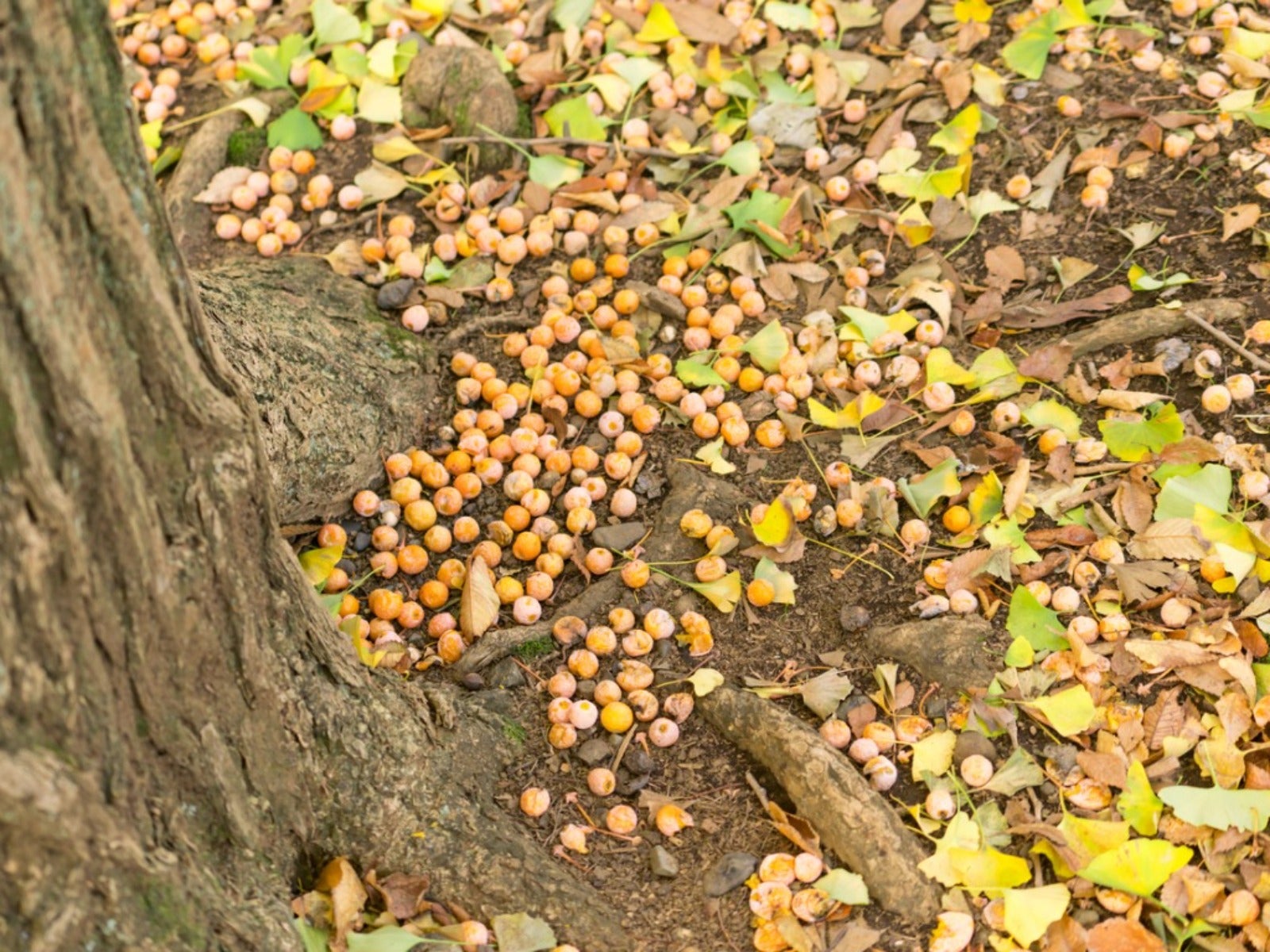 Messiest Trees That Drop Debris Everywhere
Messiest Trees That Drop Debris EverywhereWant to know which trees will create the biggest messes in your home landscape? Click here to find out.
By Amy Grant
-
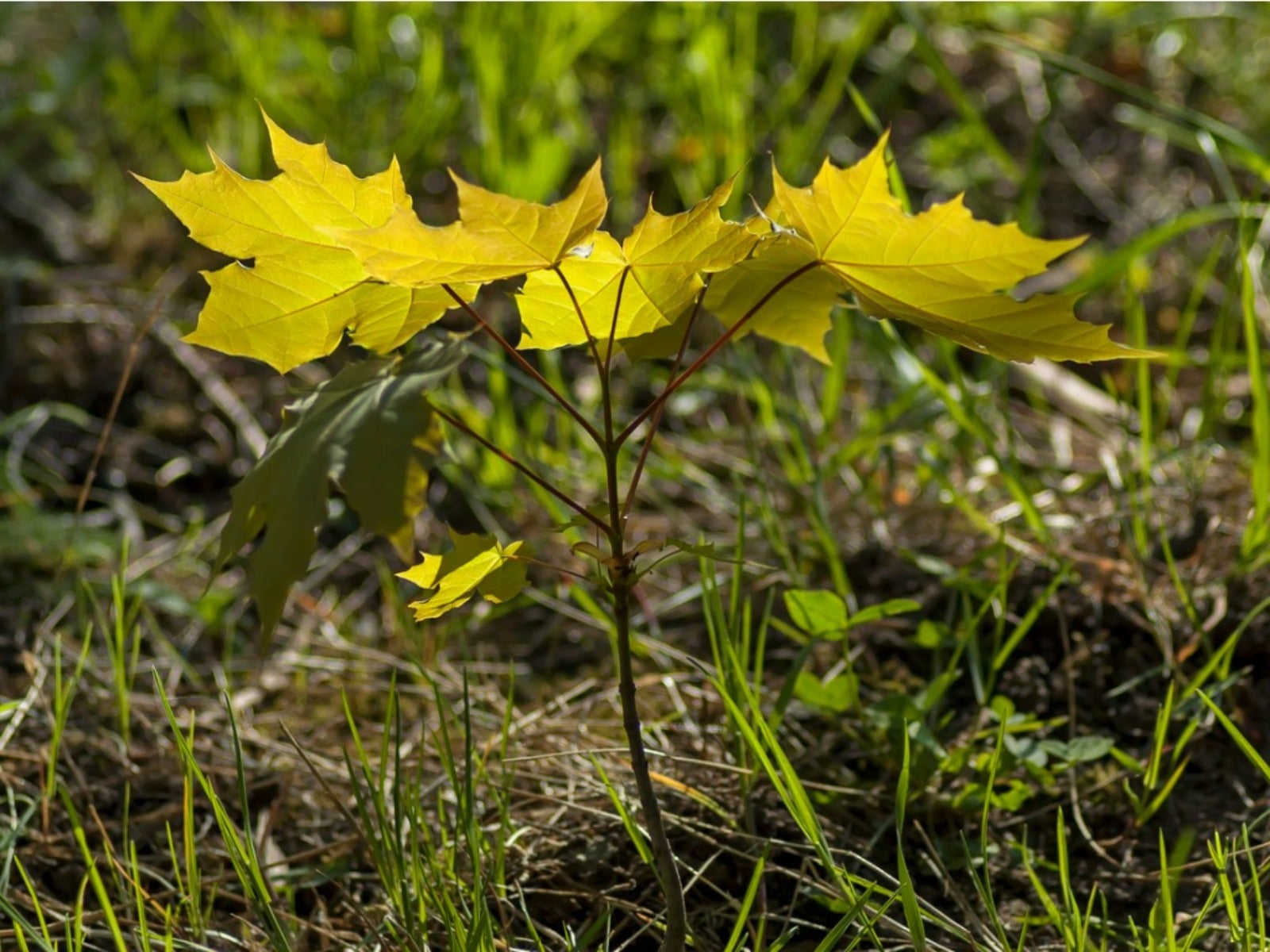 How To Get Rid Of Tree Sprouts In The Yard From Nearby Trees
How To Get Rid Of Tree Sprouts In The Yard From Nearby TreesLearn the simple way to keep pesky tree seedlings in your lawn from becoming saplings.
By Teo Spengler
-
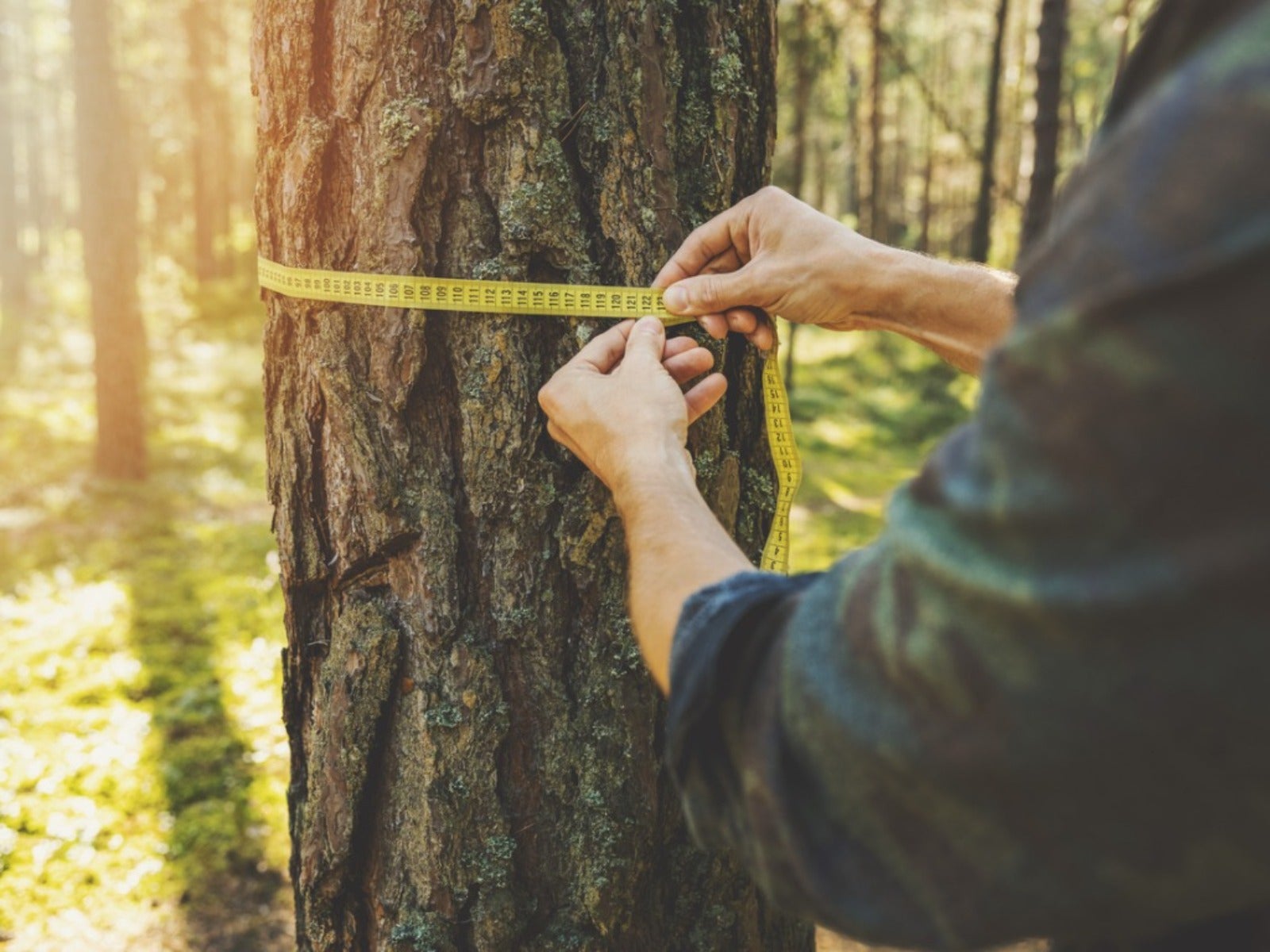 How To Tell How Old A Tree Is
How To Tell How Old A Tree IsEver wondered how to calculate the age of a tree? Click here to learn all about it.
By Teo Spengler
-
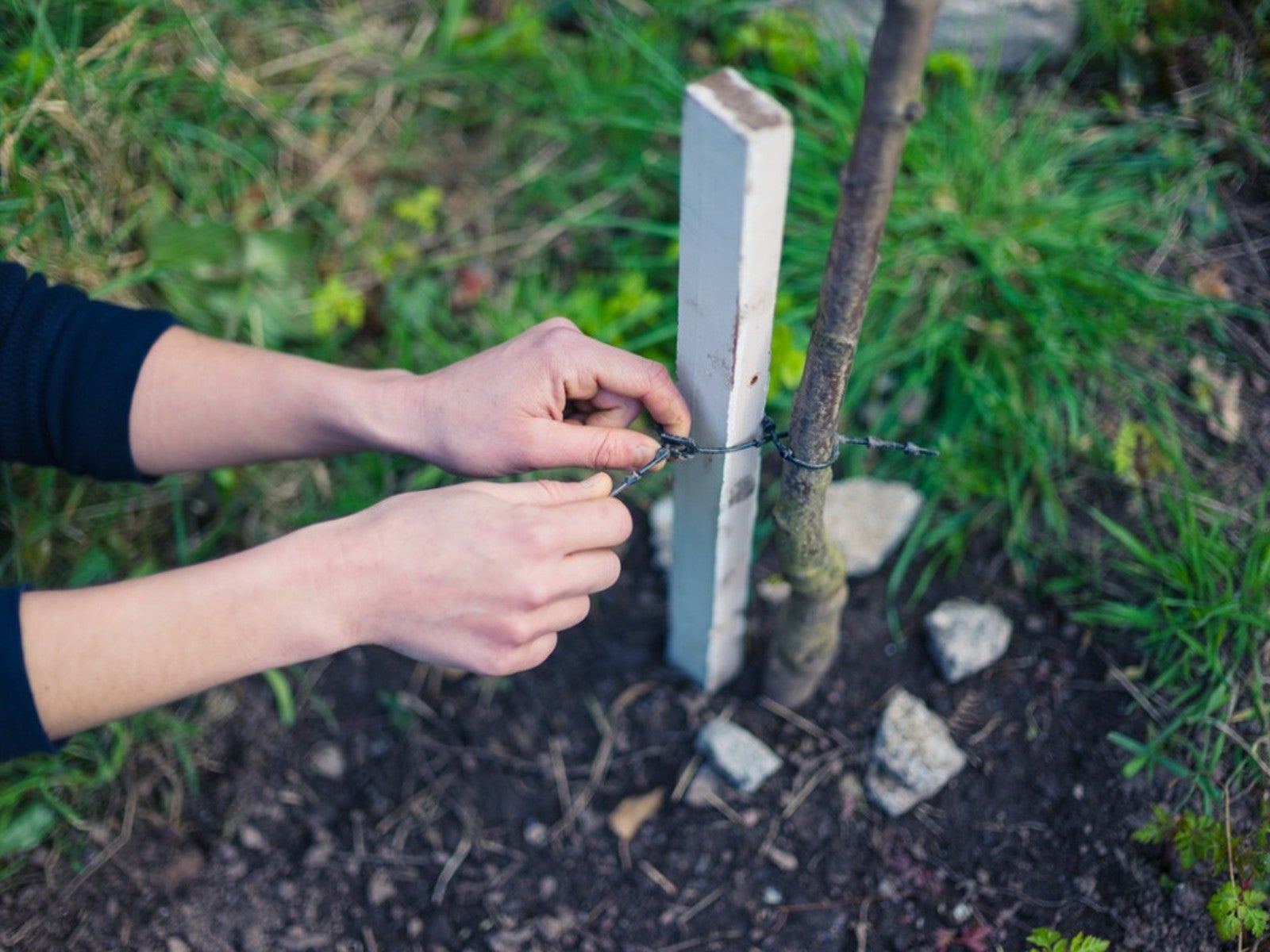 When To Remove Tree Stakes From Saplings
When To Remove Tree Stakes From SaplingsA newly planted tree may grow strong when it’s staked, but don’t forget to remove the stakes when it’s stable.
By Teo Spengler
-
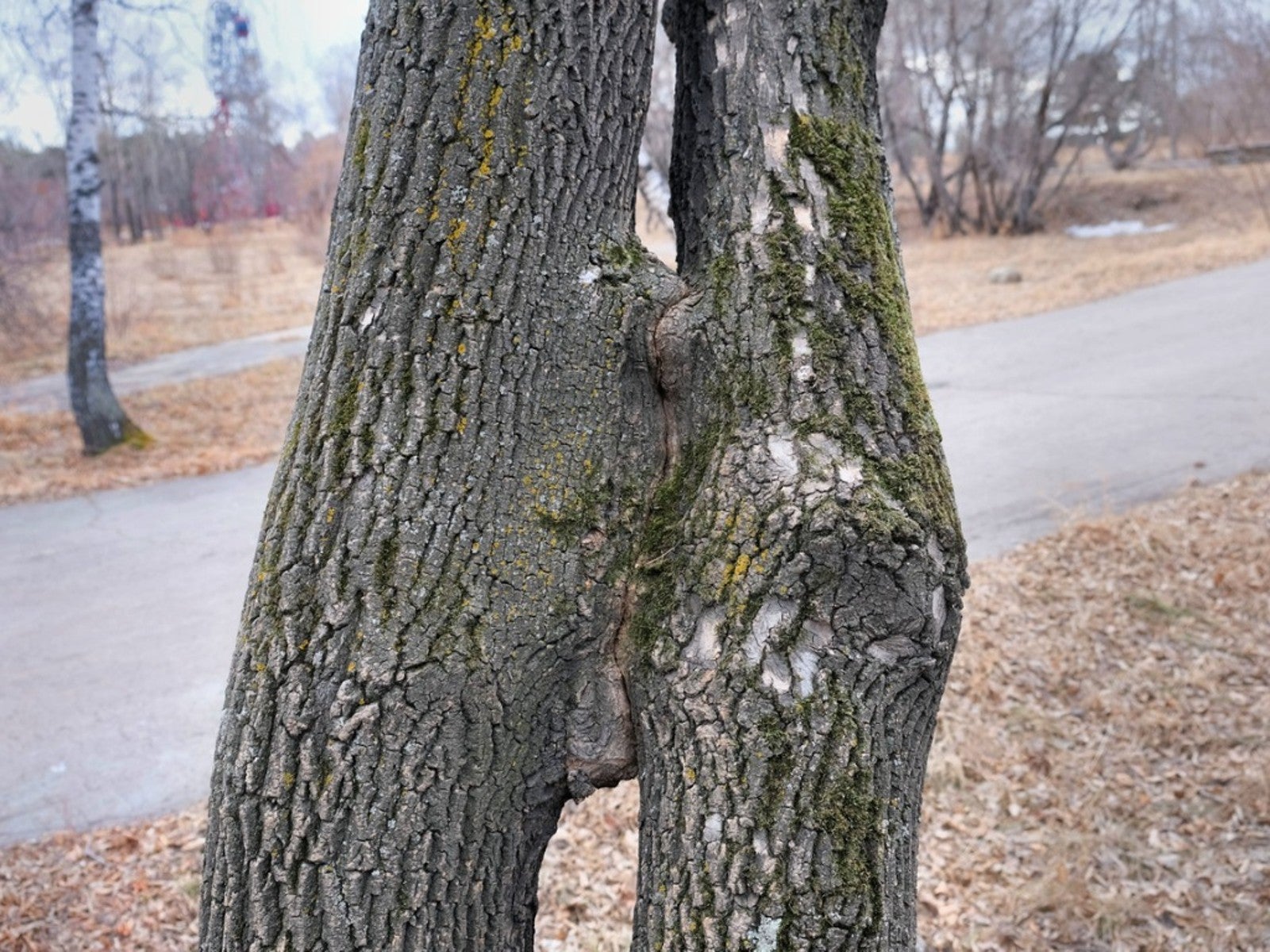 Inosculation And Trees Growing Together
Inosculation And Trees Growing TogetherIf you ever see two trees that have bonded and grown together, read here to learn why and how it happens.
By Teo Spengler